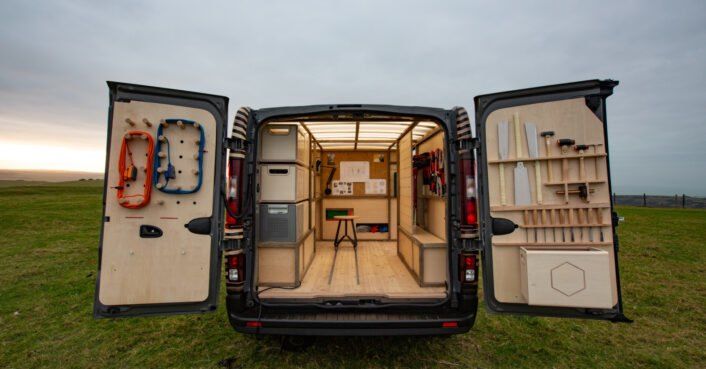Feb 17, 2019
Research: Planting Trillions of Trees Could Cancel Out CO2 Emissions
Posted by Quinn Sena in categories: climatology, sustainability
Unlike high tech solutions to climate change like carbon capture systems, Crowther argued, trees are nice because anyone can plant one.
“It’s a beautiful thing because everyone can get involved,” he told The Independent. “Trees literally just make people happier in urban environments, they improve air quality, water quality, food quality, ecosystem service, it’s such an easy, tangible thing.”
READ MORE: Massive restoration of world’s forests would cancel out a decade of CO2 emissions, analysis suggests [The Independent].

















